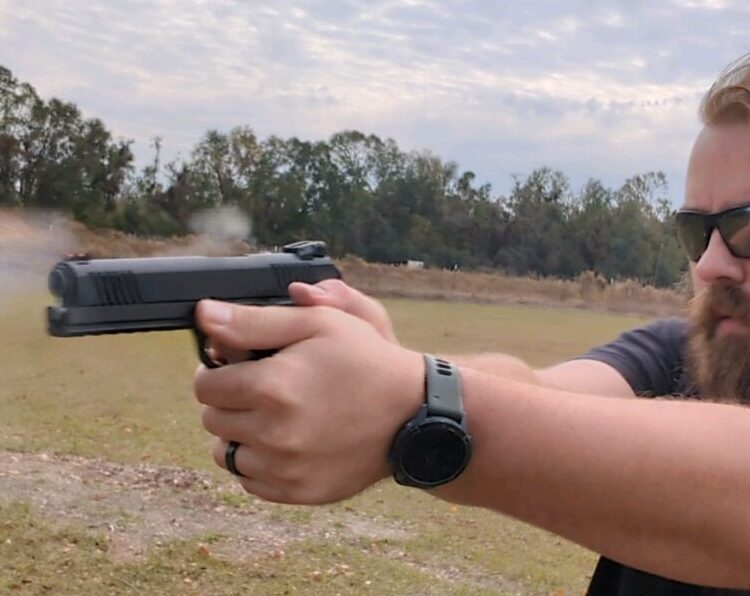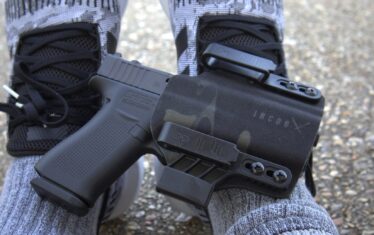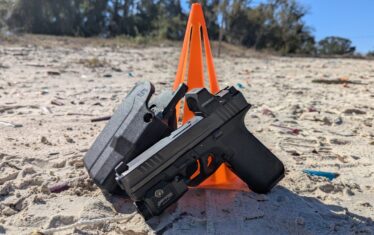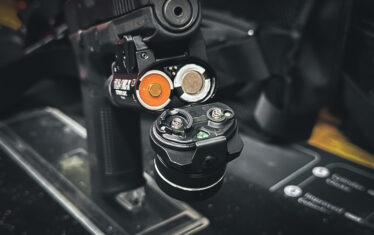Have you ever looked at your handgun and wondered what space magic makes it work? What makes a semi-automatic firearm functional and useful? How do they seem to work so reliably these days?
You’d likely be surprised by how simple the systems are but how complicated they can be to make functional. It’s a bit of an interesting system of opposing forces. There are several different handgun operating systems, and they tend to focus on doing the same thing in different ways:
- Ensure reliable extraction, ejection, and loading.
- Keep the slide closed long enough for the pressure to drop to safe levels.
- Ensure the gun cannot fire without the slide being fully closed.
There is more to it than that, but those are the three main concerns of an autoloading pistol. Different methods of operation take different routes, and today we’re going to break those down.

Digging Into Handgun Operating Systems
There are three main methods of firearm operation: short recoil, straight blowback, and gas delayed. With that said, short recoil and blowback are much more common than gas delayed, but gas delayed is popular enough to warrant its own explanation.
We’ll break down the three main handgun operating systems in order of popularity. These are not the only three handgun operating systems, but they are arguably the only three that really matter these days.
Short Recoil
Short recoil operation dominates the world of handguns. John Browning created the first successful short recoil-operated handgun with the M1911. Nowadays, short recoil operation dominates the handgun market. You can find short recoil handguns in .32 ACP, all the way up to 10mm and even .357 Magnum.
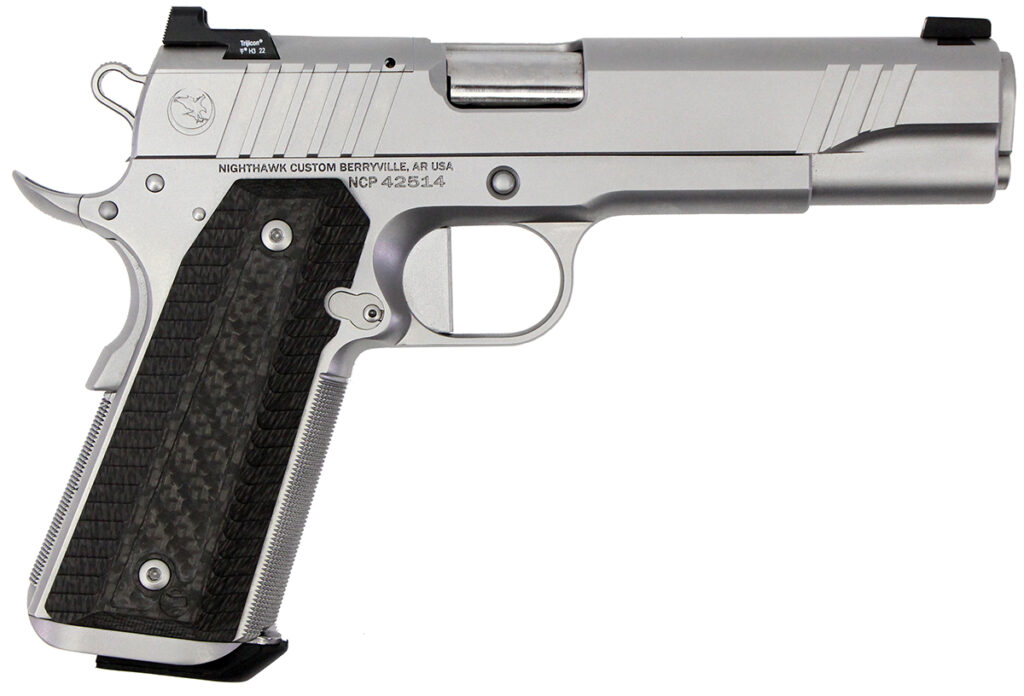
When a projectile is fired from a firearm, it creates a rearward energy as it pushes the projectile down the barrel. With a short recoil system, the barrel is a moving part of the action. With a short recoil firearm, the barrel, bolt, and slide recoil together at the same time. The barrel only recoils a short distance before unlocking from the bolt and slide as they continue rearward.
The slide and bolt extract and eject the spent cartridge from the firearm and can also reock the hammer or striker. The slide recoils against a recoil spring. Once the recoil force minimizes, the slide is propelled forward by the spring.
The slide and bolt then pick up the next cartridge from the magazine and load it into the chamber. As the slide travels forward, it reconnects with the barrel and moves the barrel forward and into place.

Short recoil systems can vary. The M1911 short recoil system is different from the Beretta 92FS short recoil system, and those two are different from the SIG Sauer system. However, they all use the short recoil principle. These systems are reliant on the proper tuning of springs and slide weight to accommodate the power of particular cartridges to function correctly.
Pros and Cons of Short Reocil Operation
The main advantage of this system is the rather low recoil it creates. It’s also highly reliable and fairly simple, making it the most popular system on the market. It’s slightly more complicated than blowback, which often creates a slightly higher price point.
Straight Blowback
Straight blowback, or just blowback operation, is one of the simplest handgun operating systems. Blowback operation was one of the first successful semi-automatic systems due to its simplicity. In a blowback handgun, the bolt and slide rest at the rear of the barrel but do not have a locking mechanism.
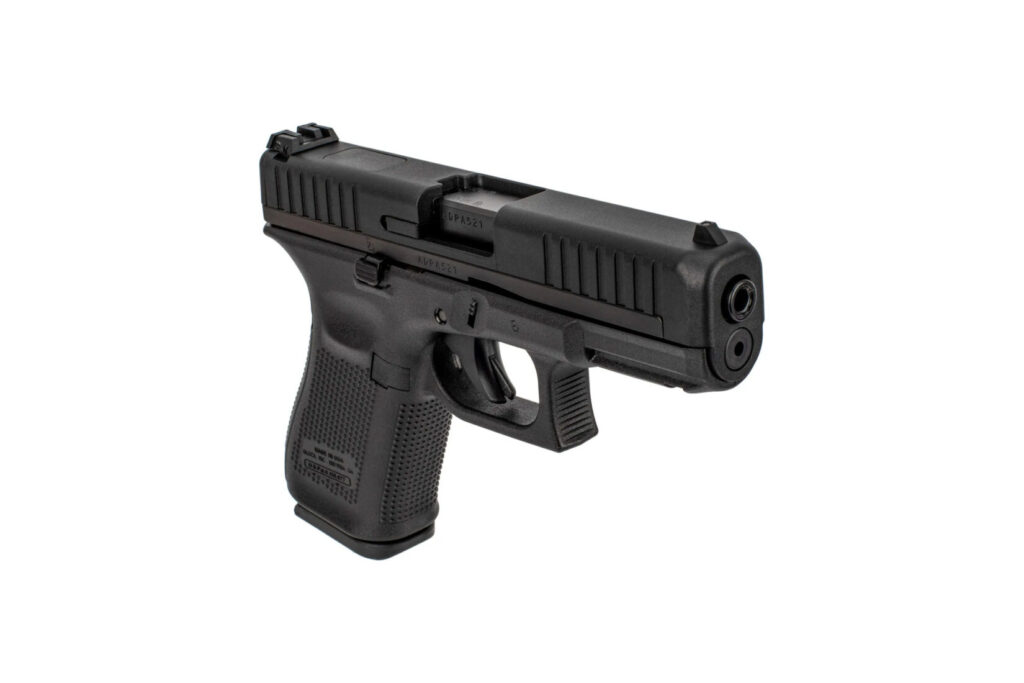
When the gun is fired, the gas propels the bullet forward and presses the case of the cartridge rearward. This creates rearward motion that pushes the slide and bolt to the rear. At the end of the slide and bolt’s movement, a recoil spring propels the slide forward. The slide and bolt’s back and forth movement triggers the order of operations for the handgun to extract, eject, potentially cock, and then load the next round.
In practice, the lack of a locking mechanism can create an issue where the slide can move before the pressure drops to safe levels in the barrel. This requires gun designers to use either the mass of the slide or the strength of the recoil spring, or a mixture of both, to retard movement temporarily. The delay must be long enough to allow pressure to drop to safe levels and for the bullet to exit the barrel.

Blowback guns tend to be in smaller calibers, like .380, .32 ACP, and .22LR. However, companies like Hi-Point have used 45 ACP, 40 S&W, and even 10mm in blowback designs but were forced to use very large and heavy slides.
Pros and Cons of Blowback Operation
Blowback firearms can be very simple and also compact. The slide can serve as the recoil spring guide rod, which trims bulk and reduces the profile. Fixed barrels tend to be fairly accurate as well. The downside is a higher level of recoil compared to other systems.
Gas Delayed
Gas-delayed handguns are somewhat uncommon, although not entirely rare. Gas-delayed handgun operating systems power guns like the famed HK P7 series, as well as modern handguns like the Walther CCP.
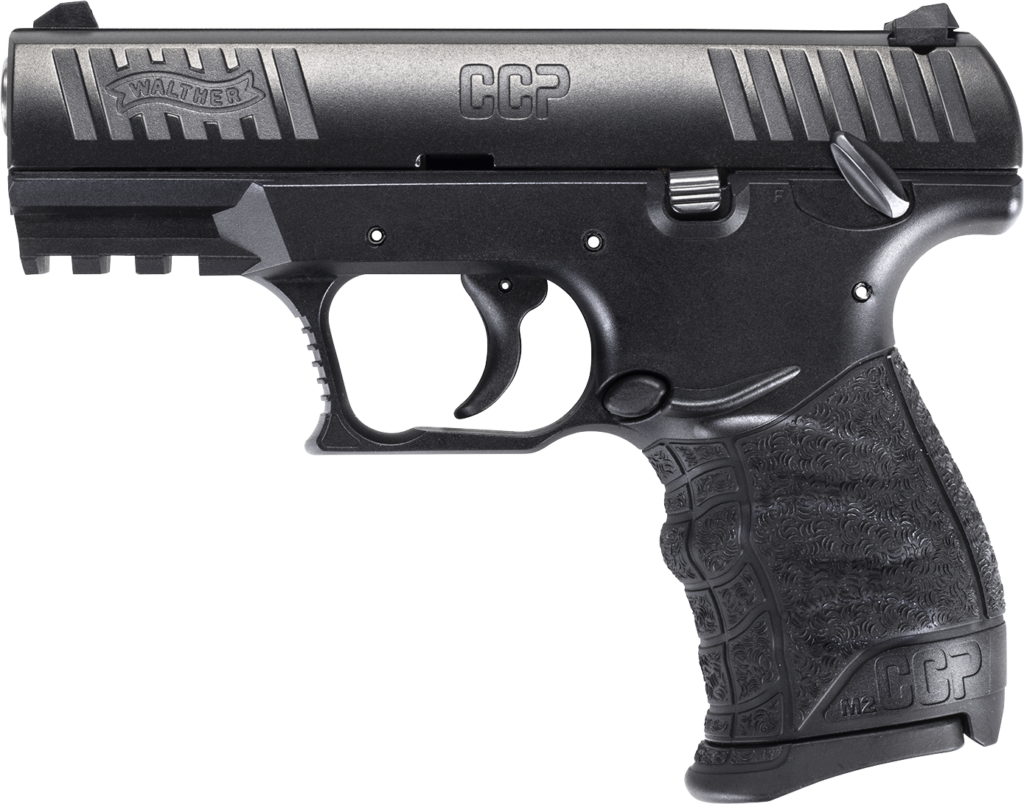
Much like a straight blowback gun, a gas-delayed gun does not have a lock mechanism. The slide and bolt rest against the barrel. When the gun is fired, the same rearward forces are expressed onto the slide and bolt. However, the slide and bolt are delayed in their movement by a gas piston.
When the gun is fired, and gunpowder turns to gas, it propels the bullet downrange and the case rearward. With gas-delayed handgun operating systems, some of that gas is vented from the barrel through a port into a chamber with a piston. That gas piston opposes the rearward motion of the slide until the gas pressure has dropped to safe levels and the bullet has left the barrel.

Once the pressure has dropped, the slide and bolt reciprocate rearward and then forward, completing the cycle of operations for the handgun.
Pros and Cons of Gas Delayed Operation
The biggest strength of a gas-delayed system is low recoil. These tend to be fairly soft-shooting pistols. The barrel is also fixed for better accuracy. This is also a highly reliable system overall. The downsides come down to the complexity of operation and production. The piston area of the gun also gets quite hot.
Other Handgun Operating Systems
These three are not the only handgun operating systems. However, most others are very niche and not used very often. For example, the chamber ring delay is only used in Seecamp pistols these days. The hesitation lock hasn’t been used since the disaster that was the R51, and lever-delayed handguns are limited to a few difficult-to-find Benelli pistols.
The vast majority of handguns will either be short recoil or blowback operated, with a handful using the gas-delayed design.
Knowing which handgun operating system does what ensures you have an idea of what you’re getting. The Keltec P32, for example, is a .32 ACP gun that uses short recoil operation. The Beretta Tomcat uses direct blowback but is also a .32 ACP. If you understand handgun operating systems, you’ll know off the bat that the P32 will have a lot less recoil.
Remember, knowing how handguns work is half the battle, and now you know a bit more about handgun operating systems.





